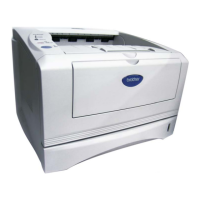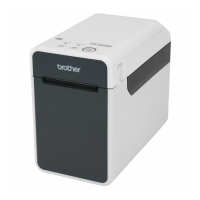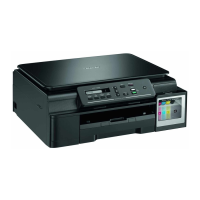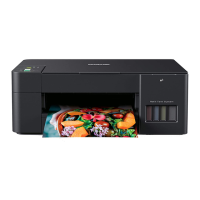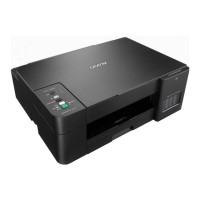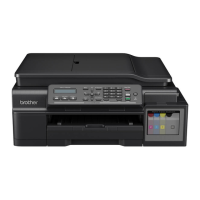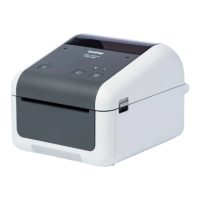Chapter 7 Macro TC-32B
2004/01/22 7 - 2 eTCOMNCPR7-1.doc
7
7.1 What is a Macro?
A “macro” has four main functions: variable function, calculation function, control function
(condition branch), and call function (performs the same operation repeatedly). Using these
macro functions allows you to create original canned cycles or more flexible programs.
Details of these functions are explained in the following sections:
7.2 Variable function
7.3 Calculation function
7.4 Control function
7.5 Call function
Examples of how these functions are combined are shown below in example 1 and on the
following page in example 2.
The program creation procedure will be explained in the subsequent sections.
e.g.1 Tool breakage detection is performed once when machine program has been
executed ten times.
N01G90G0G54. . . . .;
N02;[WORKING PROGRAM]
N50#100=#100+1 ; (Count up)
N511IF[#100LT10] GOTO 55 ;
(Proceeds to N55 when contents of #100 are less than 10)
N53M200; (Tool breakage detection)
N54#100=0 ; (Counter reset)
N55M30 ;
e.g.2 Program that performs arc cutting by designating center, radius, and angle.
X: CENTER X Y: CENTER Y R: RADIUS Z: CUT POS Z
W: STOP BEFORE WORK U: CUT START ANGLE
V: CUT END ANGLE F: FEEDRATE
Main program
N01G90G54G0Z30. ;
N02G65P0042X-100. Y-100. R50. Z-3.
W2. UO. V30. F1000;
Macro program O0042
N01 G90G0X[#24+COS[#21]*#18]
Y[#25+SIN[#21]*#18];
N02 Z#23;
N03 G1Z#26F#9;
N03 G3X[#24+COS[#22]*#18]
Y[#25+SIN[#22]*#18 R#18;
N04 G0Z#23;
N05 M99;
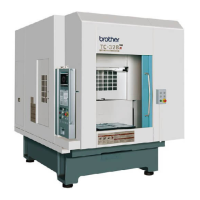
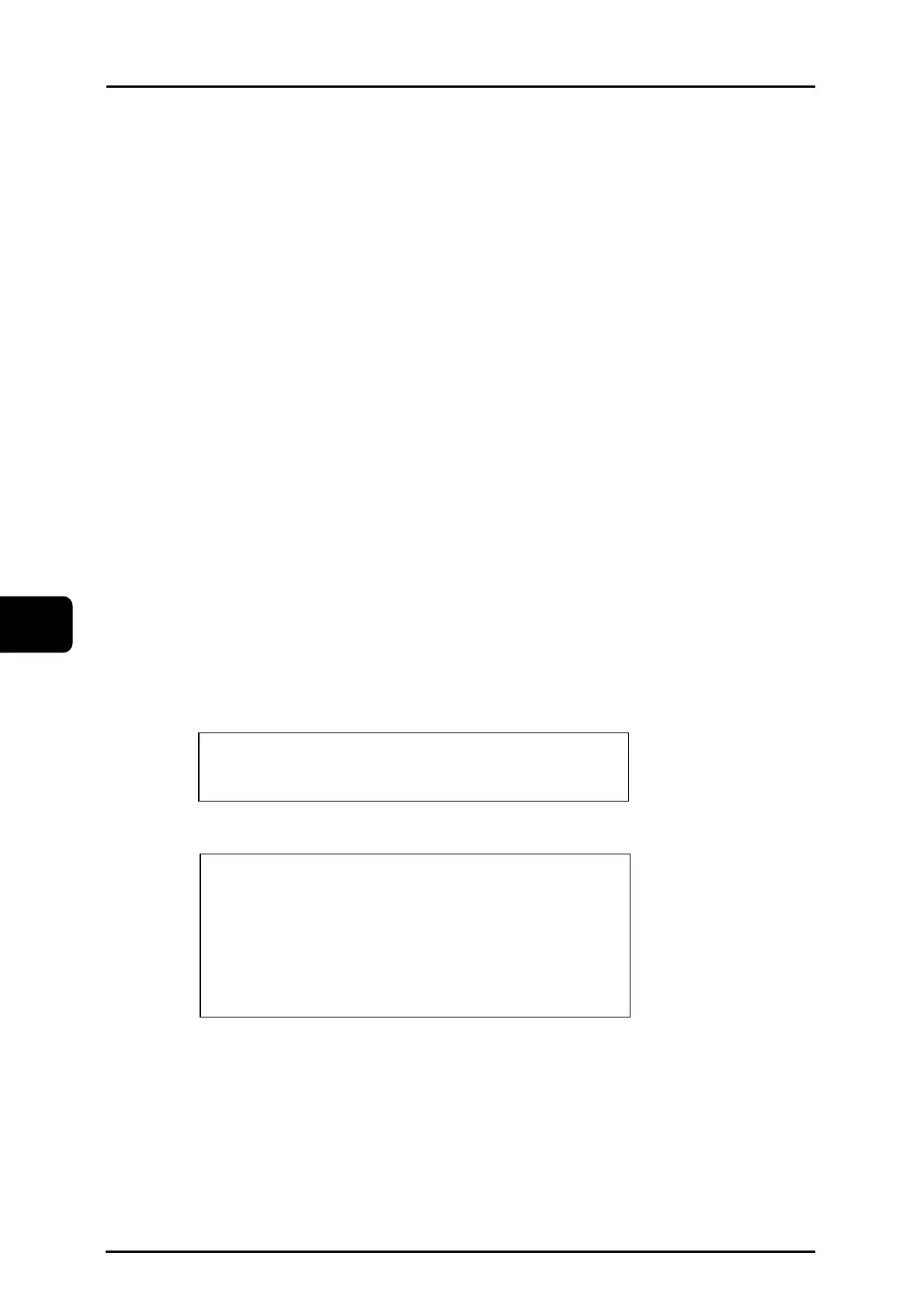